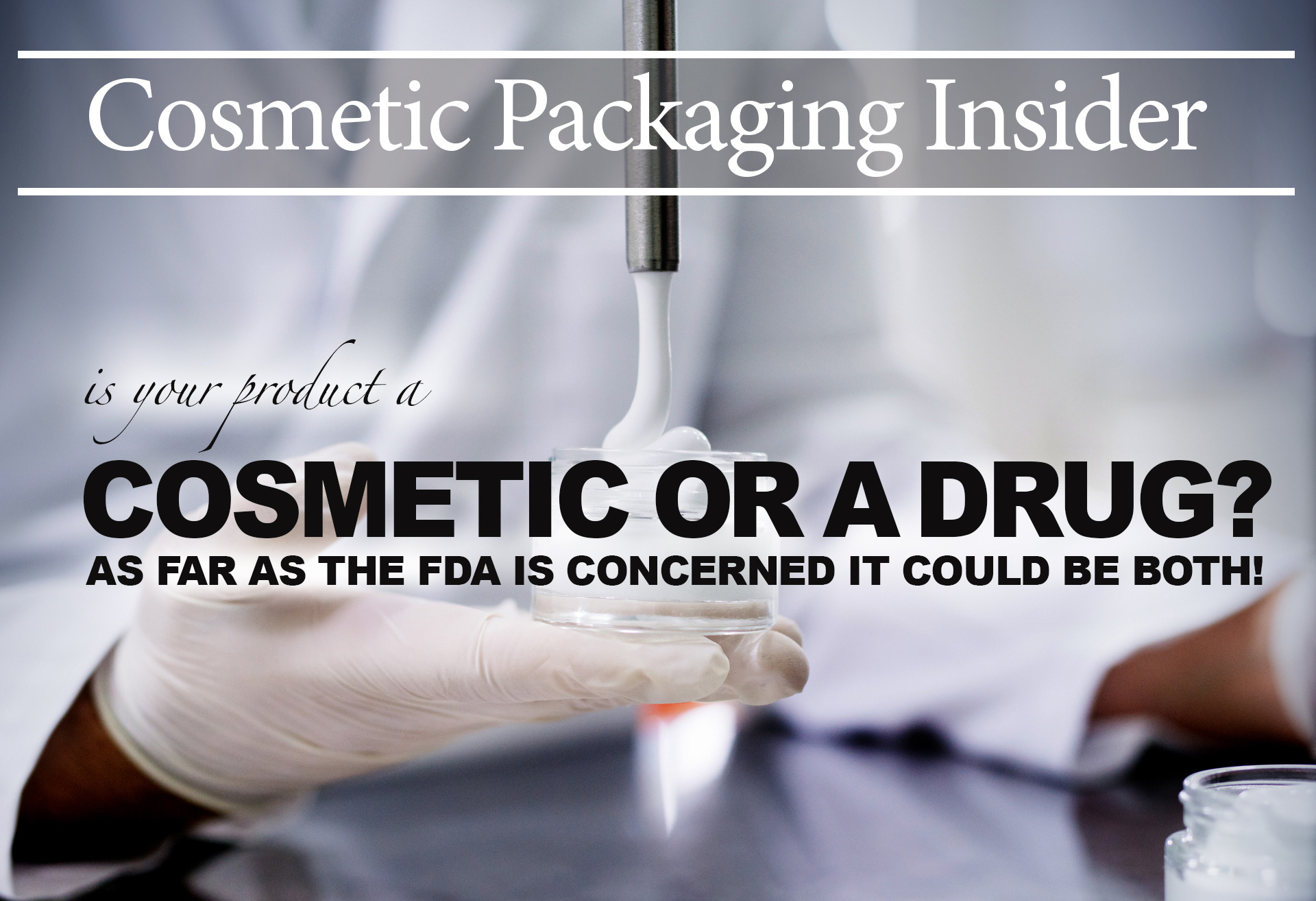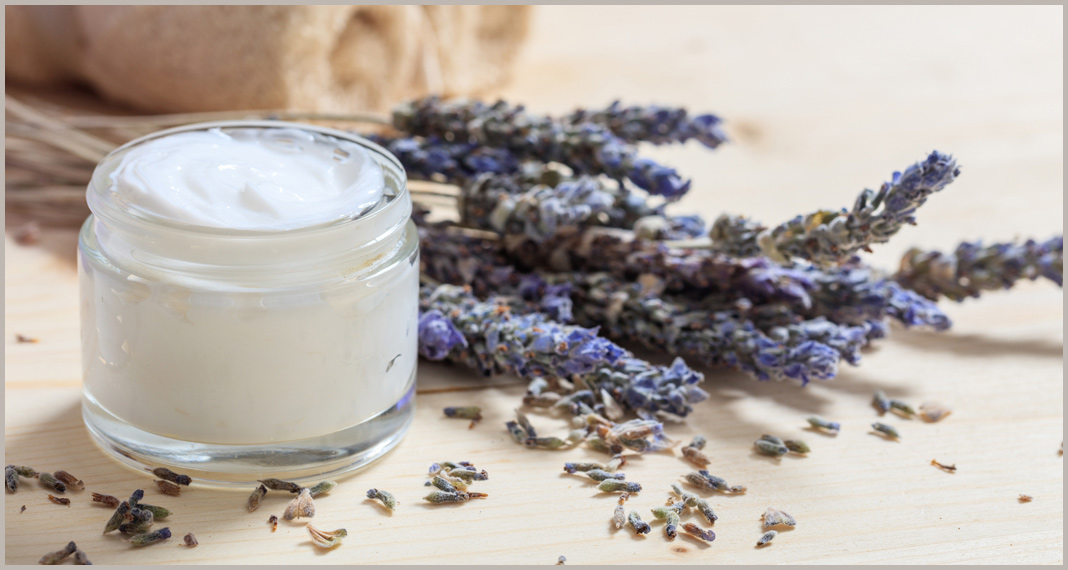
Your online cosmetic and personal care product packaging resource!
“Also high on the FDA’s list of potentiality misbranded items are any products that claim to have anti-aging properties.”


ach year the Food and Drug Administration (FDA) issues numerous warning letters to cosmetics manufacturers, and denies entry into the U.S. to hundreds of cosmetics and personal care products from other countries. The reason? Misbranding – making statements or claims about the product that is consistent with the FDA definition of a drug.

The FDA defines drugs and cosmetics by their intended use. For example, the FDA defines cosmetics as products that are intended to be “rubbed, poured, sprinkled , or sprayed on, introduced onto, or otherwise applied to the human body…for cleansing, beautifying, promoting attractiveness, or altering the appearance.” The FDA defines drugs as “articles intended for use in the diagnosis, cure, mitigation, treatment, or prevention of disease…and articles (other than food) intended to affect the structure or any function of the body of man or other animals.”
Using these definitions, it is clear that while some cosmetics and skin care products would be accurately classified as cosmetics by the FDA, others would be classified as drugs, or as cosmetic-drug combinations. A shampoo product is classified as a cosmetic when its sole purpose is to clean hair. An anti-dandruff shampoo however, would also be classified as a drug because its intended use is to treat a condition. Other examples of cosmetic-drug combos include fluoride containing toothpastes, cleansers that treat acne, deodorants that also function as antiperspirants, and moisturizing and makeup products that claim to provide sun protection.
Also high on the FDA’s list of potentiality misbranded items are any products that claim to have anti-aging properties. A facial cream that claims to eliminate lines and wrinkles - an ant-aging effect - could be classified as a drug by the FDA, while a facial cream that claims to lessen the appearance of wrinkles and make one look more attractive, would most likely be classified as a cosmetic.
The reason it is critical to determine whether your product is a cosmetic, a drug, or both is that the FDA regulates cosmetics and drugs in very different ways. With the exception of color additives, the FDA does not pre-approve cosmetic ingredients or final product formulations, nor does it specify specific safety and purity testing requirements for cosmetic products. However, it is required that manufacturers ensure their products are safe for consumers, and properly labeled, before going to market. Drugs on the other hand, have much more stringent oversight from the FDA. Strict adherence to Good Manufacturing Practices (GMPs) are required, as are very specific safety and purity testing protocols.
If you are unsure if your product meets the definition of a cosmetic, drug, or both, it would be wise to visit the FDA website for further information, and even consider hiring a professional cosmetic safety and regulatory consultant. After all, do you really want the FDA knocking at your door? 
August 2019
Your online cosmetic and personal care product packaging resource!
Check out our latest news, product reviews, and expert tips so you stay up to date with what is going on in the industry!



